As a child, I remember spinning excessively until the room would spin. Now, as a mom, all I need to feel dizzy is watch my own three children spin around happily. Why do kids love spinning so much? Young children crave movements like spinning, jumping, swinging, and rocking to help develop essential systems in the body.
Discover why kids love spinning in circles, the benefits this movement offers, and how you can support your child's development.
Why Does My Toddler Spin in Circles?
Pediatric Physical Therapist, June Gehman Deane, says kids use movements like jumping, spinning, climbing, and rocking to develop their vestibular and proprioceptive systems. In other words, these movements help kids develop balance, coordination, spatial awareness, and more.
At birth, babies' vestibular and proprioceptive systems are underdeveloped. Over time, babies slowly learn to use their hands, roll over, sit up, crawl, and eventually walk. All these skills require body awareness and balance skills.
Yet, toddlers and older children still have a lot of refining to do when it comes to coordination and balance. That's where spinning, swinging, and rocking play an important role in development.
Understanding the Brain-Body Connection
Our brains and bodies are in constant communication through systems we often don’t give a second thought to. For children, part of their development includes putting these systems to the test. In particular, movements like spinning, jumping, swinging, and climbing help strengthen these systems.
The Proprioceptive System
Have you ever observed a newborn's jerking, uncontrolled movements? Gehman Deane says babies don’t understand that their hands are connected to their bodies. Babies wave their arms and legs in thrusting movements without much rhyme or reason. These movements help develop the proprioceptive system.
Imagine a baby on a play mat reaching for toys hanging above them. When babies move their arms and accidentally hit a toy, they are surprised. When this accident happens over and over again, they slowly learn about where their body is in space. This is the baby’s proprioceptive system in action.
This system helps you know where your body is without even looking. One example is the ability to touch your nose with your eyes closed. If you can, that's because you have a well-developed proprioceptive system.
"Because young children don't have a well-developed proprioceptive system, they're often clumsy," Gehman Deane says. Over time, they build their skills and improve coordination.
The Proprioceptive System in Action
To refine their proprioceptive system, children need to activate it. Jumping, climbing, and strong hugs are just a few ways children activate this system. "Actions that result in deep impact or pressure help stimulate the proprioceptive system," Gehman Deane explains.
Developmental therapist Alysia Marshall-Seslar says, "The proprioceptive system also lets us know how much force to use when handling objects." For example, knowing the appropriate force to use when drawing on paper without ripping the paper. Marshall-Seslar also highlights that this system helps kids set down a cup of water without spilling it.

The Vestibular System
Your vestibular system helps you balance and detect motion. Your inner ear, brain, and eyesight are all important parts of this system. You can test it by closing your eyes and tilting your head to one side.
Your vestibular system helps you sense your head's position and whether you're upright. Similarly, if you're riding in a car, your vestibular system helps sense when you're moving and when you stop.
When babies are young, they struggle to walk because they need to strengthen their muscles and vestibular system. As Marshall-Seslar explains, the vestibular system helps you shift your weight to balance the body.
The Vestibular System in Action
Children strengthen the vestibular system by spinning, swinging, and rocking. "Rather than making children susceptible to falls, spinning actually improves a child's surefootedness," experts at Pennsylvania State University say.
Kids use their vestibular systems when playing tag to know when to slow down before bumping into someone. Plus, we use our vestibular system to balance when walking across a log or uneven terrain while hiking.
Benefits of Exercising the Vestibular and Proprioceptive Systems
Aside from the physical benefits of developing better coordination and balance, these systems also impact the brain. How do children benefit from exercising their vestibular and proprioceptive systems?
Improve Sensory Processing
When considering the senses, most people think of the five senses: touch, sight, smell, taste, and hearing. However, the vestibular and proprioceptive systems also act as senses. They tell us how to position our bodies in space and provide body awareness.
Plus, you may also count an additional sense called interoception. This refers to internal sensations like hunger, thirst, or pain.
Our brains receive and process a lot of sensory stimulation. Children need practice processing sensory input from all their senses. Part of this is learning which information to pay attention to and which to ignore.
Children get better at this over time. For example, toddlers may be easily distracted by noises, new toys, and hunger, while older children are better at ignoring distractions.
Some children may struggle with sensory processing. You may notice signs such as trouble concentrating, being oversensitive to certain sounds or touch, or seeking out movement like spinning. If you notice these signs in your child, talk to your pediatrician.
A Calming Effect
Swinging, rocking, and spinning can have a calming effect on children. The vestibular and limbic (or emotional) systems are closely linked in the brain. Studies show that stimulating the vestibular system may provide stress relief and calm anxiety.
Cognitive Skills and Attention
The vestibular system can also help your child with thinking and academic skills. Studies show that vestibular stimulation can improve fine motor, attention, and planning skills.
Did you know the vestibular system also plays a role in academic tasks, like reading? Thanks to the vestibular system, you can maintain a fixed gaze to follow the words on a page.

4 Ways to Play to Promote Development
You can support your child by creating a safe space for them to spin, swing, rock, and climb. These activities can help your child build strong vestibular and proprioceptive systems. Plus, all that exercise ensures you'll enjoy peace and quiet afterward.
1. Balance on the Acrobat Balance Beam
Set up the balance beam and encourage your child to balance while walking. Once your child masters one setup, create a new challenge. For example, make a zig-zag shape. Or, why not turn the balance beam into a square?
Need a greater challenge? Ask your child to try walking the balance beam while balancing a bean bag on the top of their head.
2. Rock on the Surfer Balance Board
Rock on the surfer board while standing. Or, your child can rock while lying down. Then, turn the surfer board over and use it as a balance beam or bridge. Can your child walk over it without falling?
3. Climb Over and Under the Pikler Triangle
Engage the proprioceptive system by climbing the Pikler Triangle and then crawling underneath. Then, go down the slide for some extra vestibular stimulation.
4. Hop on the Stepping Stones
Can you balance while hopping on the stepping stones? Create a hopscotch course or pretend the floor is lava for extra fun.
Still need more ideas? You can also:
- Roll down a hill
- Ride a merry-go-round
- Swing on the swings
- Pretend to be a tornado
- Create and go through an obstacle course, indoors or outdoors
- Enjoy a bear hug
- Jump on one foot
- Play tag
- Play catch
- Play with play-dough
These activities will help your child activate their proprioceptive and vestibular systems.
Children Enjoy Spinning Because It Supports Development
Play, including spinning, swinging, climbing, and more, is important for healthy development. Not only do these activities help children develop their vestibular and proprioceptive systems, but they also build muscles and motor skills, relieve stress, and support academic skills.
So, next time your child starts spinning in the middle of the living room, encourage this dizzying activity. Spinning will help your child develop and grow to reach their full potential.
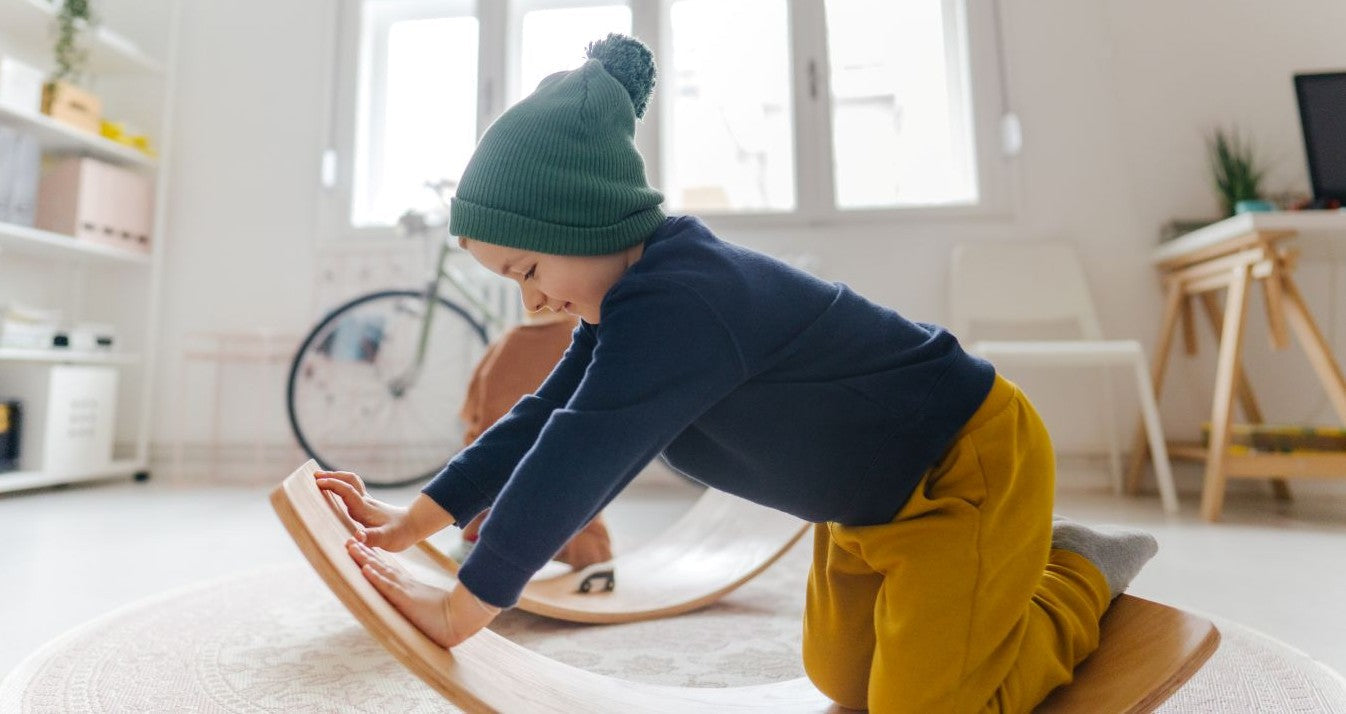

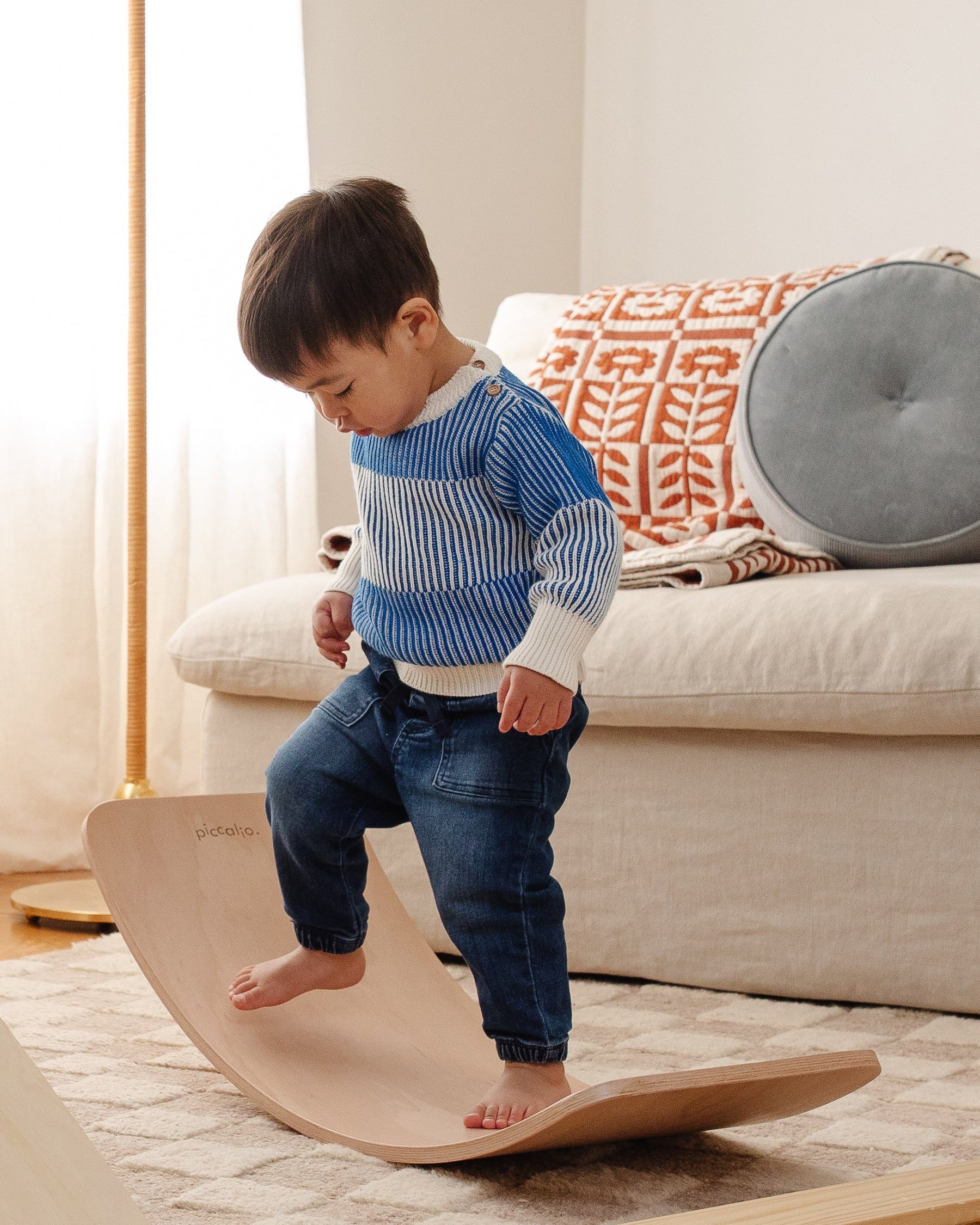
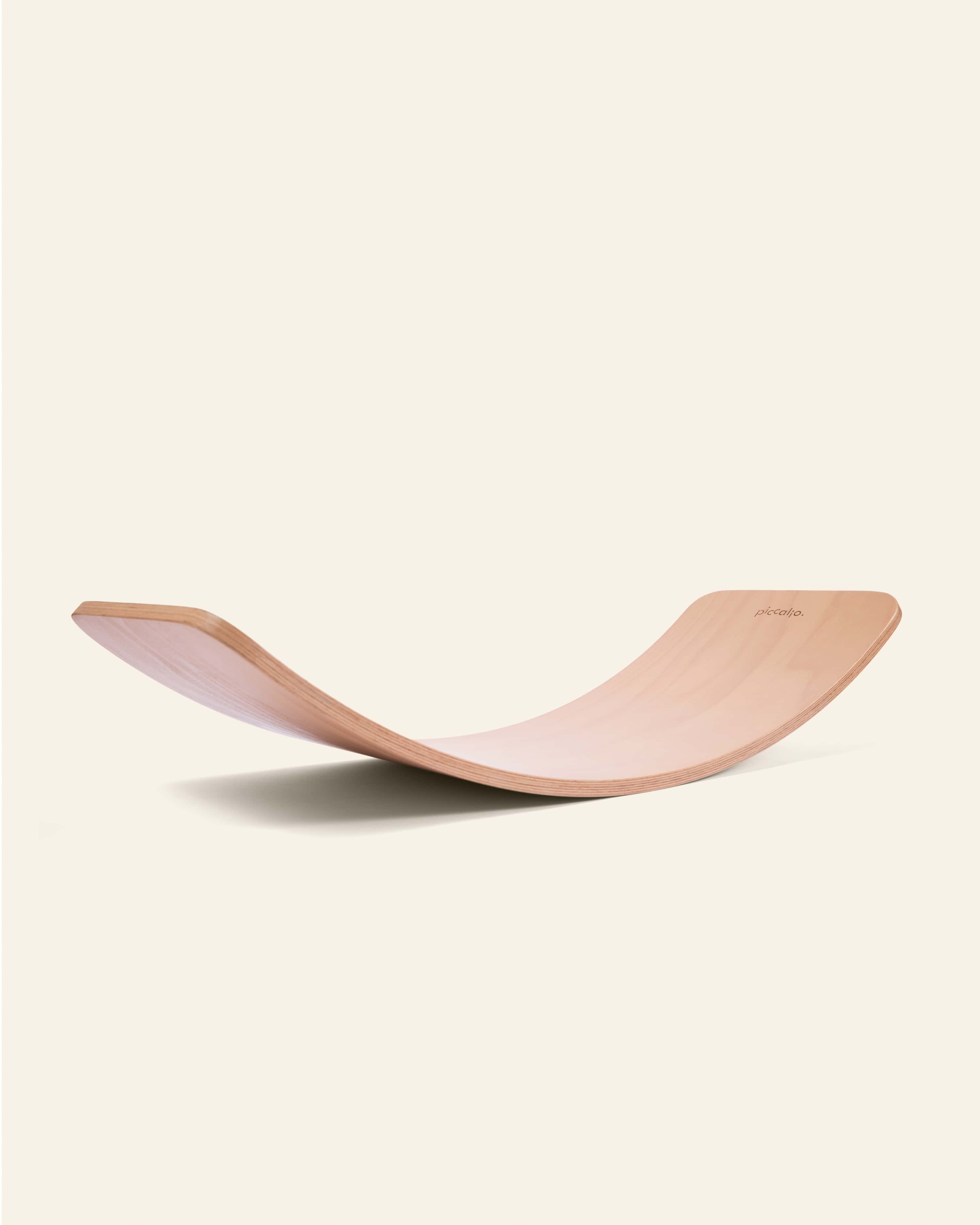
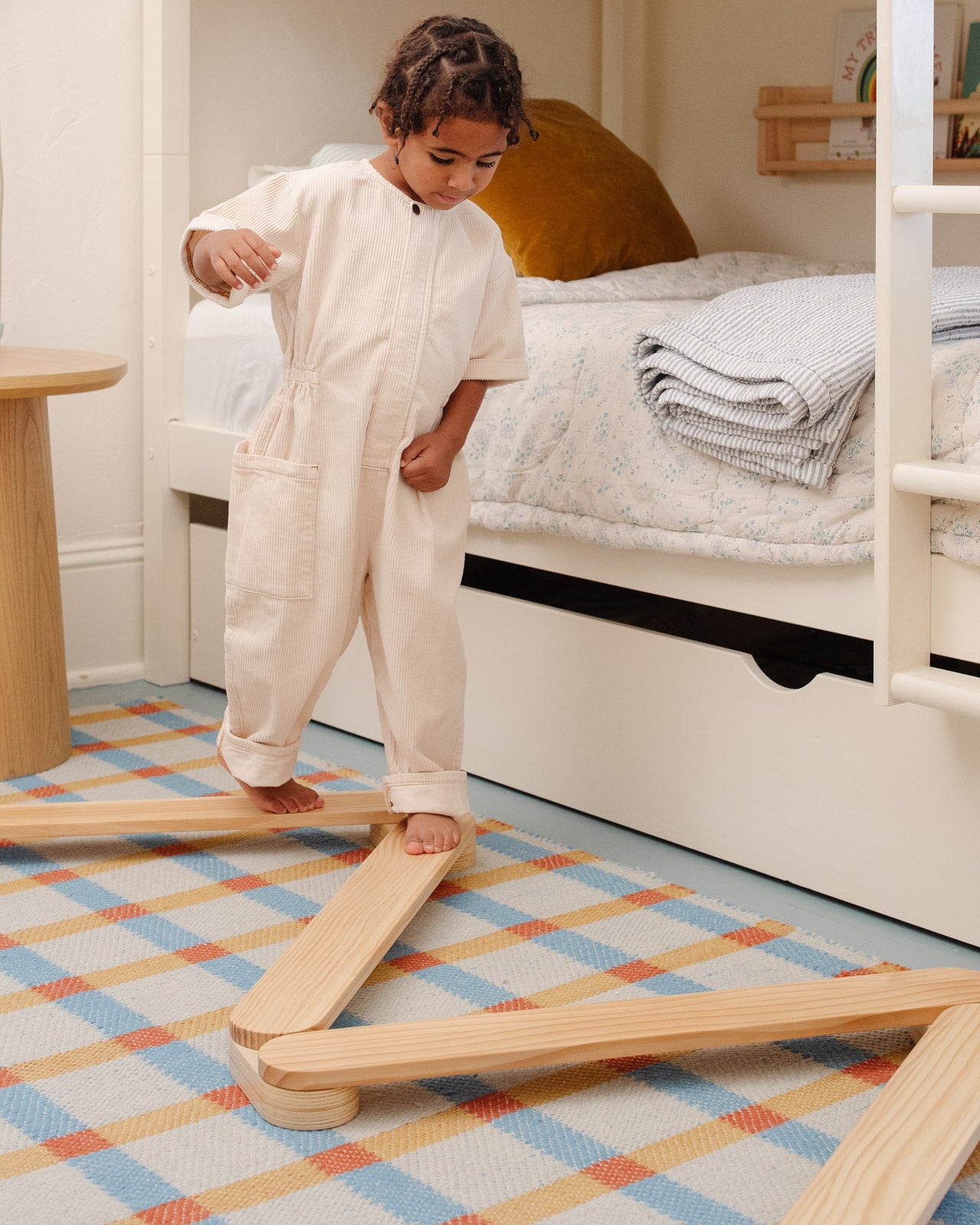
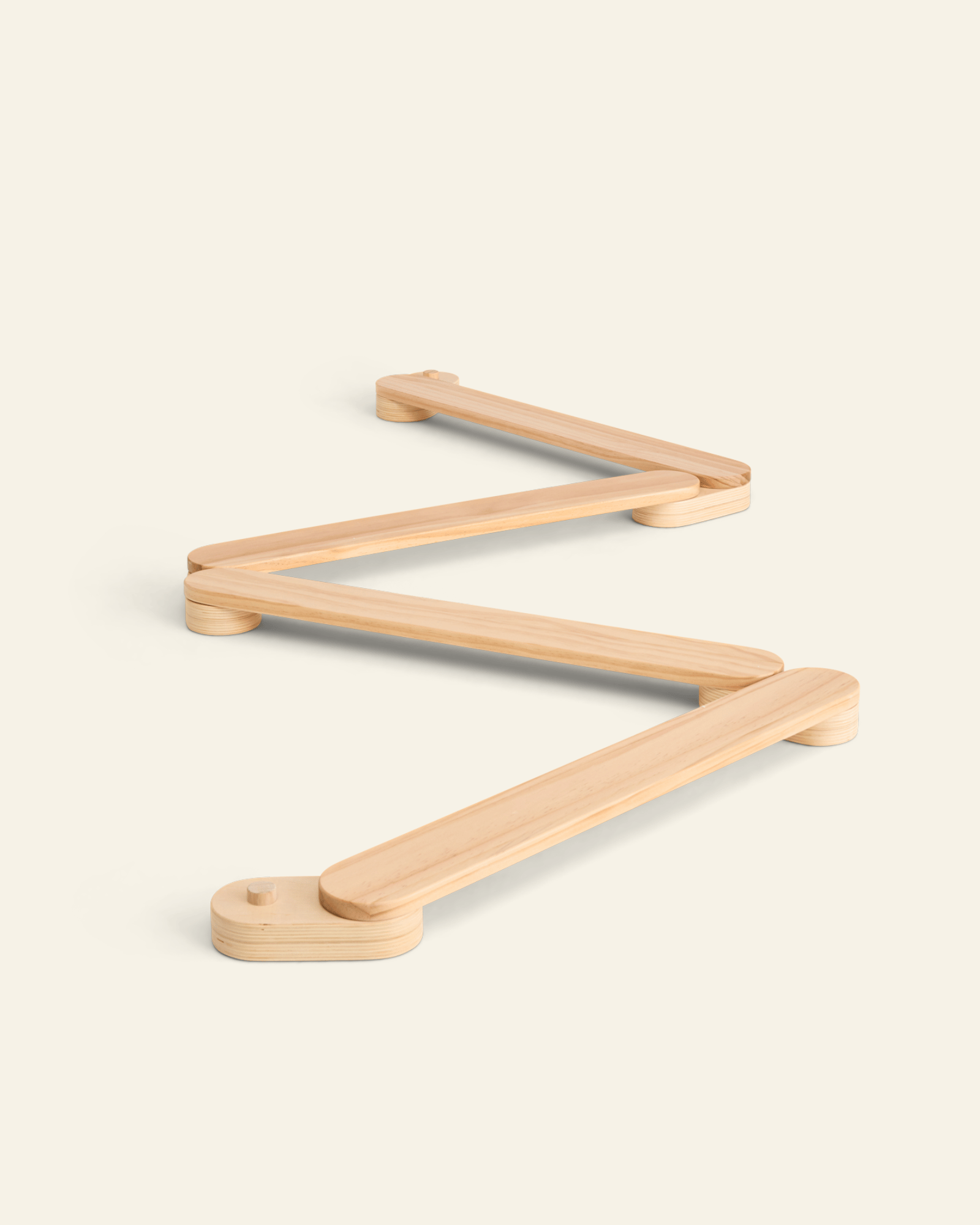

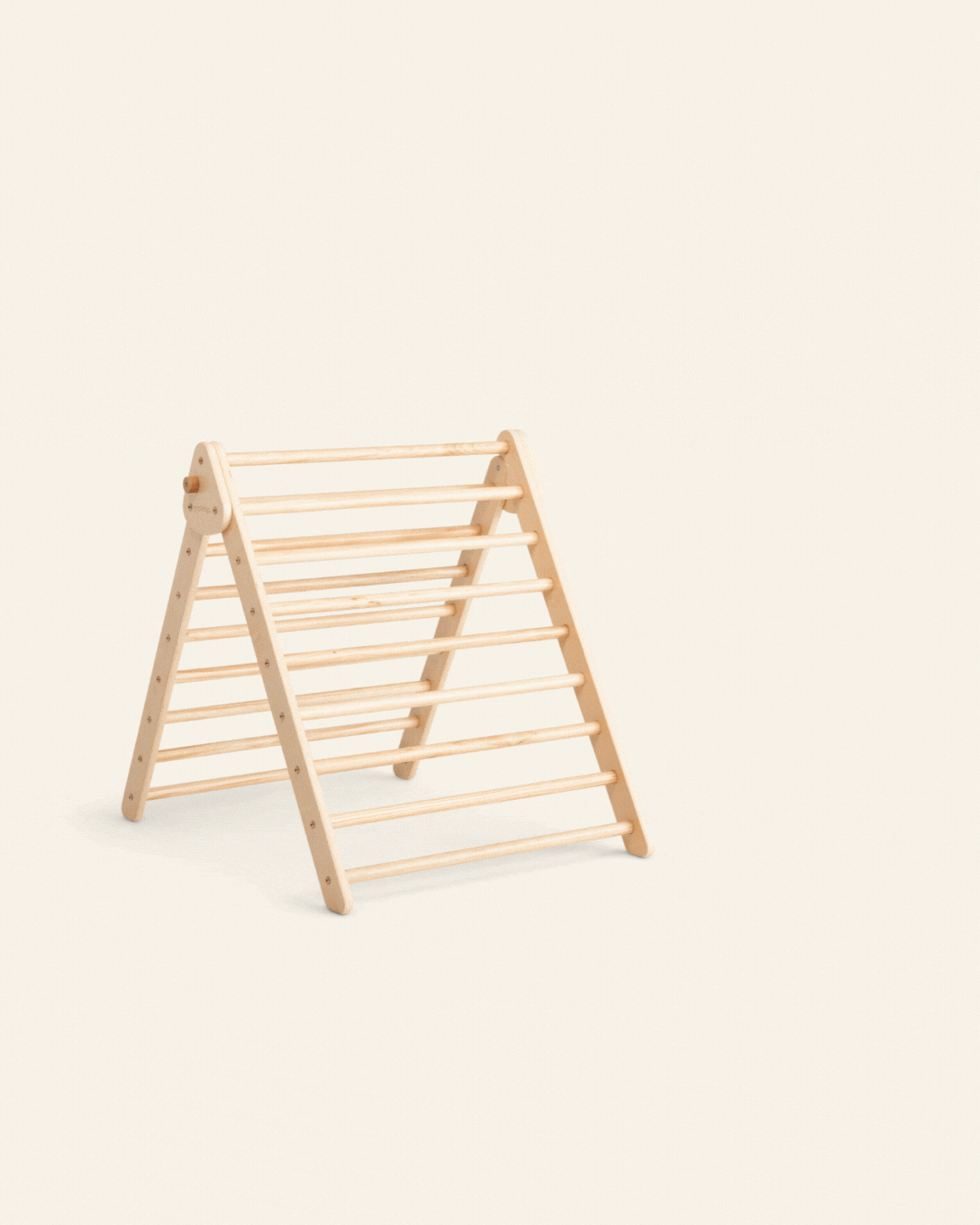
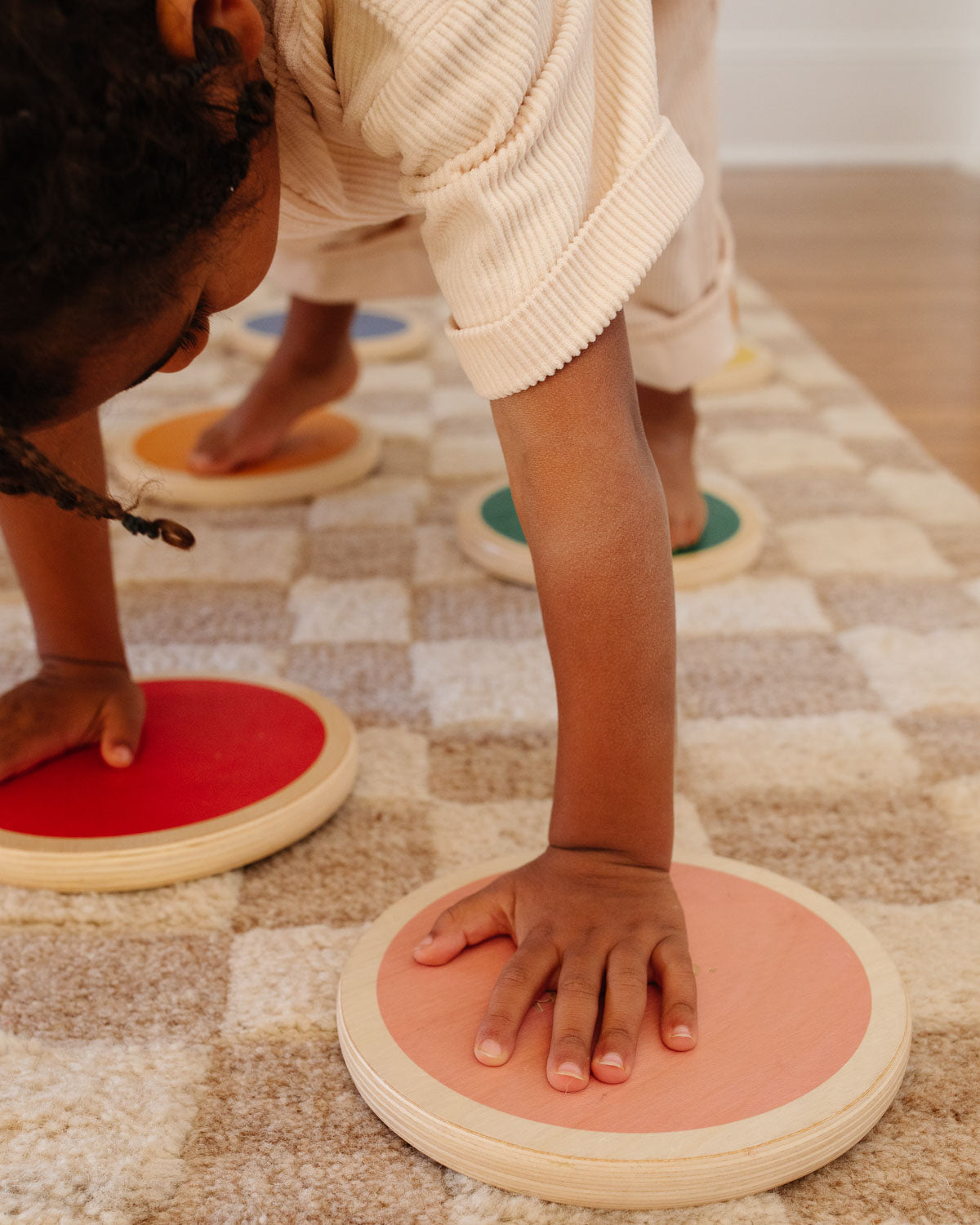
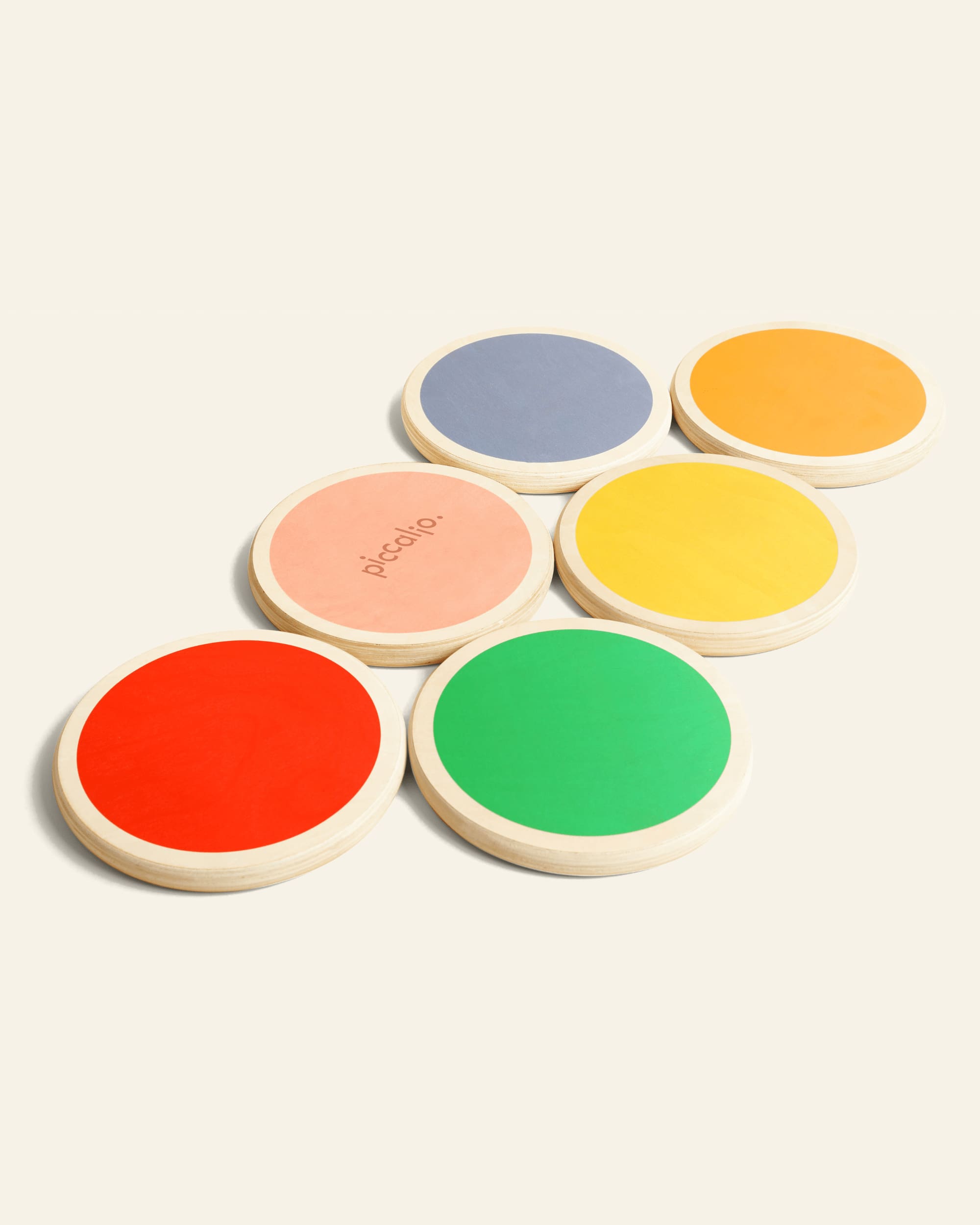
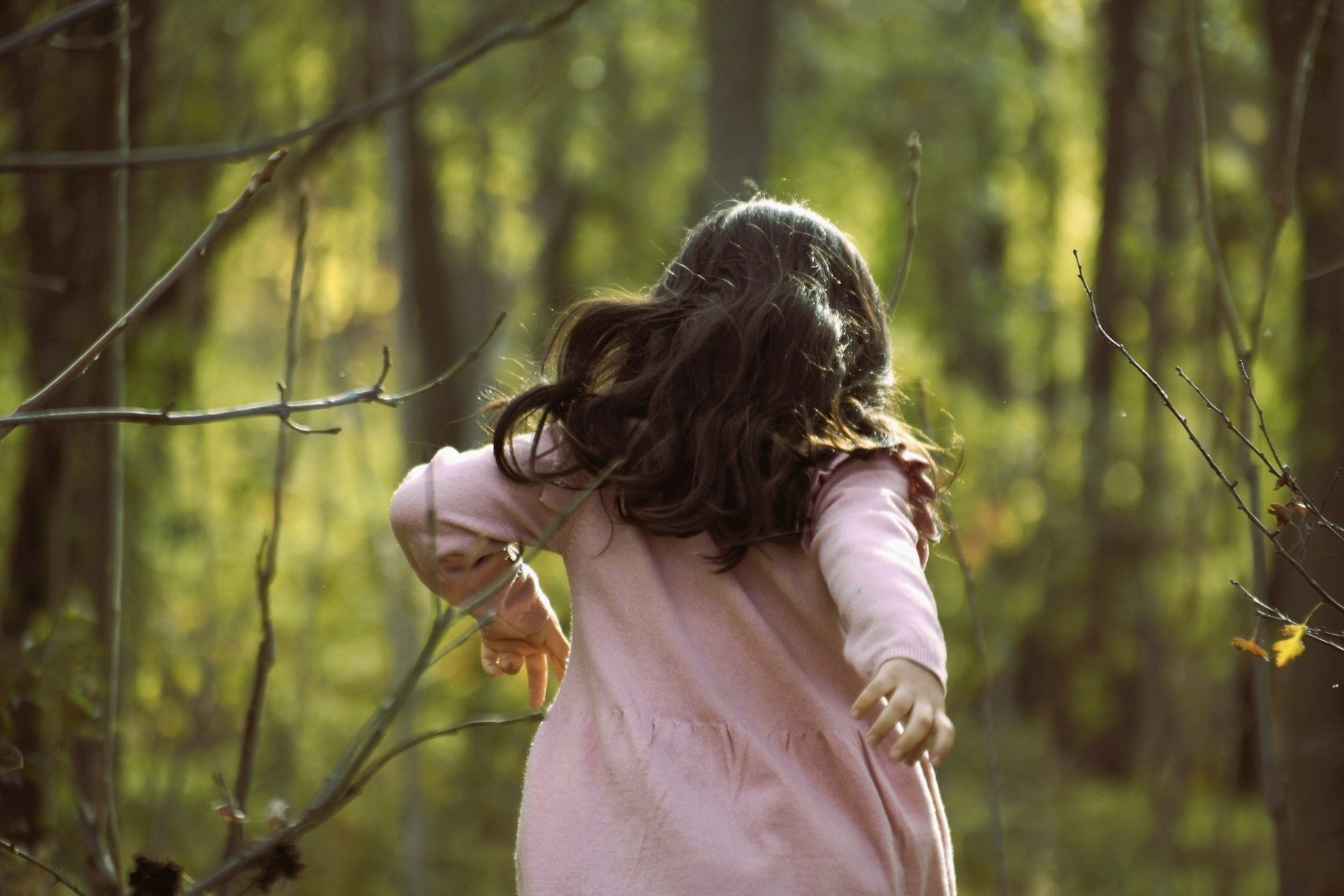
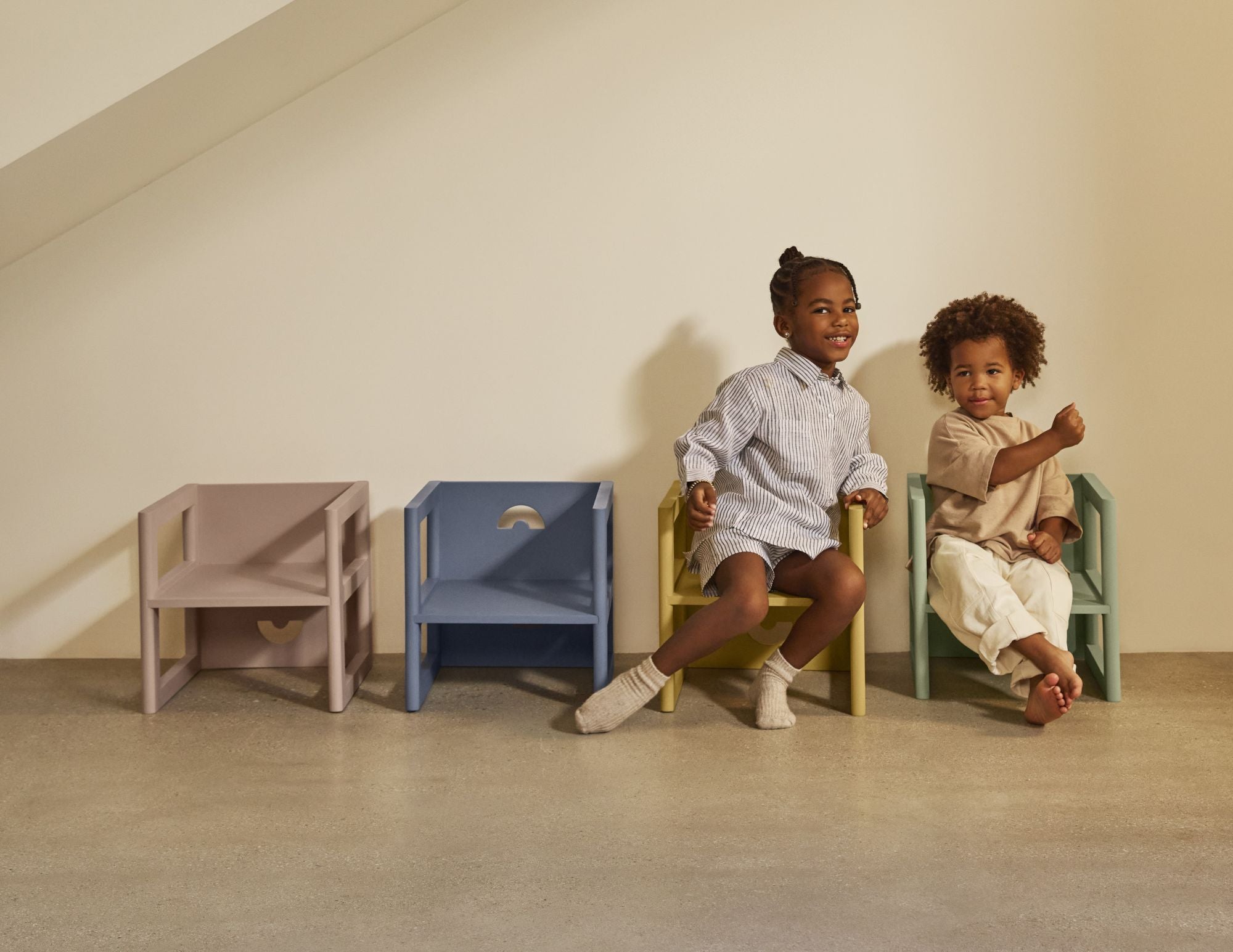
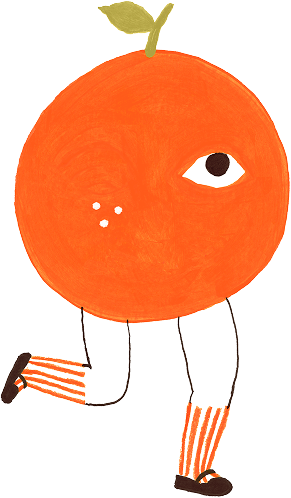
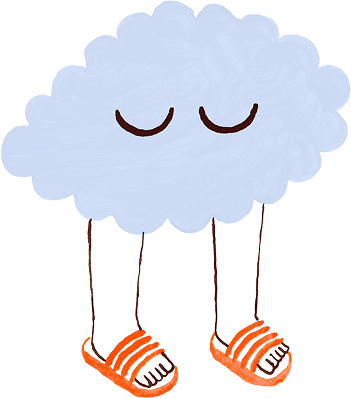
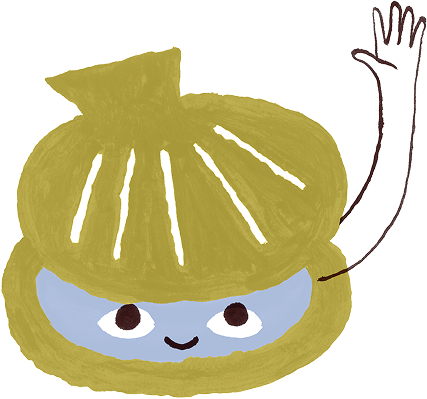
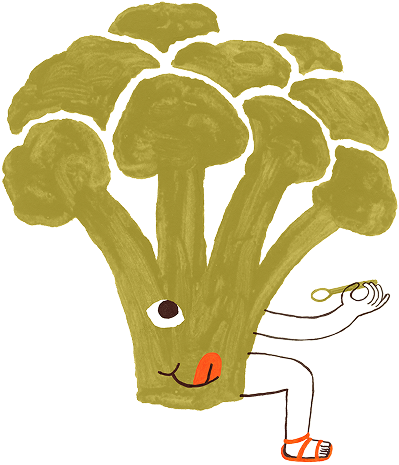
Leave a comment
This site is protected by hCaptcha and the hCaptcha Privacy Policy and Terms of Service apply.